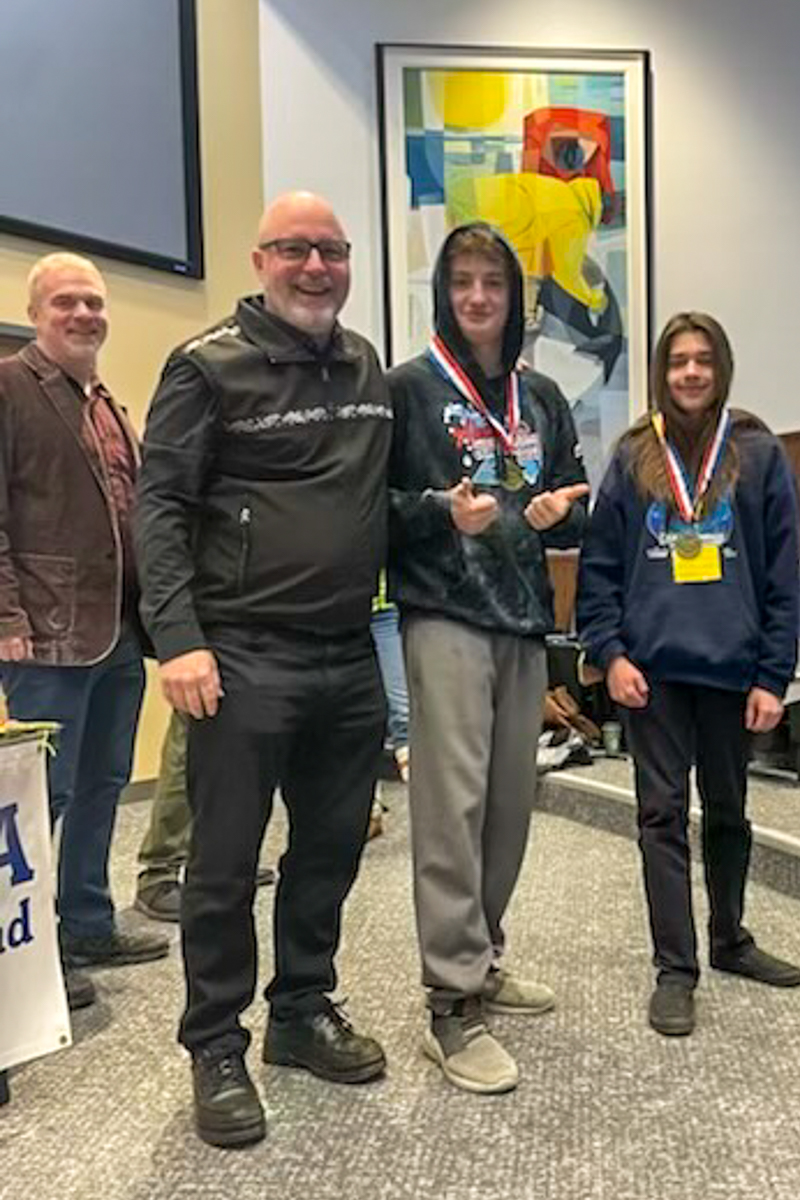
Cordova Student Takes Flight with 3D-Printed Drone Project
Cordova T3 Alaska student Max Osborn is taking innovation to new heights—literally. Max recently authored and secured a UAF Center Ice grant to design, 3D print, and fully build a long-range Unmanned Aerial System (UAS). Working under the direction of Lauren Bien, Education and Outreach Director at the Prince William Sound Science Center and Cordova’s T3 program administrator, Max has led efforts to plan, source, and budget materials amid a shifting international market and technology policies.
The proposed design, inspired by models like the Flightory Talon 1400, aims for a flight range of up to 12 kilometers and a four-hour battery life. Once completed, the UAS will provide Cordova students and community members with valuable tools for environmental monitoring, search and rescue, and media production. T3 Alaska students are using drones to assist community members recovering from Typhoon Halong. Other T3 Alaska student lead drone projects include footage captured of the CEC dam and Copper River, and used to track seasonal changes.
Beyond the immediate applications, Max’s project represents a powerful learning opportunity for T3 students. The build combines aerospace engineering, circuitry, 3D printing, cinematography, and programming, offering hands-on experience with the growing technologies shaping Alaska’s future.
“If this project succeeds,” Max explained, “we hope to scale it and develop a version that’s accessible to other T3 groups across Alaska. It could open doors for students interested in programming, drone piloting, engineering, and environmental science.”
Congratulations, Max — your innovation and leadership are helping T3 Alaska soar to new possibilities!

